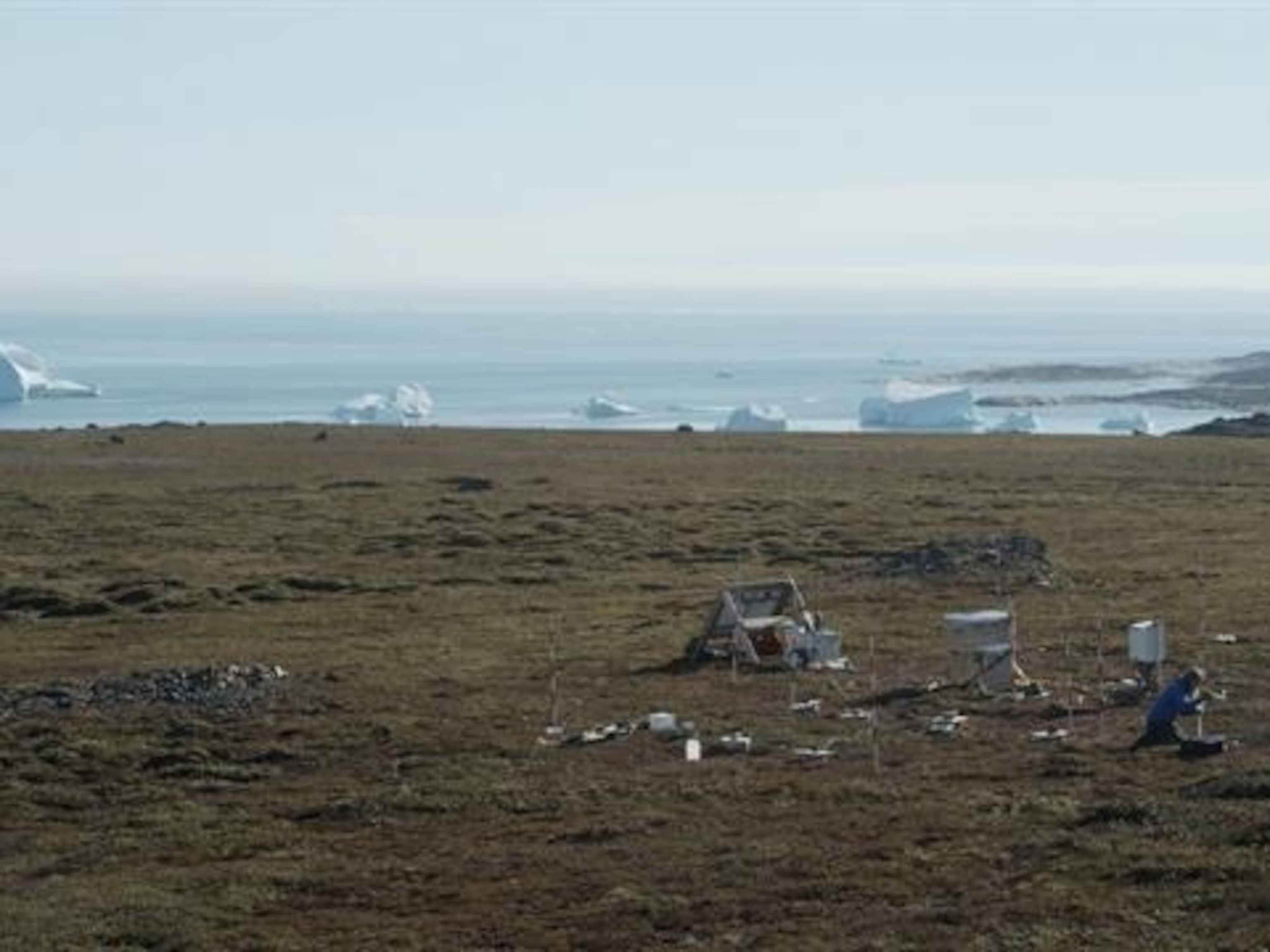
Laundry: lightening the load
A host of innovations have meant that laundry’s no longer as much of a chore—but convenience comes at a cost.
In any given week, around 840 million washing machines soak, tumble, and spin billions of garments and textiles in homes and businesses around the world. Since they were first popularized in the 1950s, washing machines have become more or less ubiquitous for two billion human beings according to famed data analyst Hans Rosling. And those numbers are projected to rise dramatically as incomes increase and more and more people move to urban centers.
Washing machines have made the hard labor of weekly wash days a thing of the past—at least for those who can afford them. But like so many of the innovations that make our lives easier, there is a cost to the environment. Besides using around 19 billion cubic meters of water annually, washing machines emit an estimated 62 million tonnes of CO2-eq greenhouse gases each year. That’s not all on the machines themselves though—indeed, modern washing machines have made significant strides in both water and energy efficiency in recent years. In fact, consumer choices are fundamental to significantly reducing both water and electricity usage associated with laundry.
(More than recycling: The six stages of a product’s environmental life cycle)
Of course, the impact of laundry isn’t confined to households or businesses—you also have to take into account the detergent we put in our machines, how it gets to us, and what happens to it after we’ve used it. This kind of comprehensive data on the impacts of products and services is often generated via a Life Cycle Assessment (LCA). Working with the Energy Saving Trust, a social enterprise focused on energy sustainability, Ariel has done a considerable amount of research on the impact of its detergents to figure out how to minimize the environmental impacts of washing clothes and textiles without compromising performance.
There are six stages in the laundry LCA: ingredients, manufacture, packaging, transportation, user phase, and end-of-life. At each step, there is a measurable expenditure of energy and greenhouse gas emissions. For example, the ingredients stage analyzes the energy consumed in sourcing chemical ingredients, while the end-of-life stage includes disposal and wastewater treatment. It’s a comprehensive analysis that aims to identify which stages are the most energy intensive. And the results are quite surprising.
According to the LCA, the biggest expenditure of energy by far is down to one simple action: the water temperature we select on our washing machines. In Europe, on average, up to 60 percent of the greenhouse gas emissions from laundry come from heating the water in our washing machines—more than packaging or ingredients. Dialing down the temperature by just a few degrees can dramatically reduce energy waste.
The fact is that modern detergents like Ariel are effective in colder water, utilizing the latest technological advances to eliminate the need for marathon washes at near-boiling temperatures. Although many consumers still believe that it’s better to wash clothes at 40 degrees or higher, public perceptions are gradually changing.

The way that we buy clothes and care for them also has a significant environmental impact, both in terms of greenhouse gas emissions and direct environmental impacts from the shedding of microfibers. The rise of fast fashion in recent decades has popularized cheap, disposable clothing with a short shelf life, flimsy construction, and a mix of materials that makes them difficult to recycle.
But buying fewer garments and insisting on better quality and durability has a significant impact on both microfiber shedding and greenhouse gas emissions. Extending the life of our clothing by just nine months equates to an average 20-30 percent reduction in waste, water, and carbon footprints according to the Waste & Resource Action Program (WRAP). At the same time, researchers from Northumbria University working in partnership with Ariel found that washing clothes on shorter, cooler cycles reduced microfiber shedding by up to 30 percent. That translates to nearly 4,000 tons of microfibers no longer entering Europe’s marine ecosystems every year.
Though eclipsed by things like fossil fuels and farming, cumulatively, laundry still has a hugely significant impact on the global environment—in the US alone, it accounts for 8 percent of all household greenhouse gas emissions. What the research indicates is that consumers can dramatically reduce their personal carbon footprints by making very small changes in their day-to-day habits—in the case of laundry, literally a click of the dial on their washing machines.



